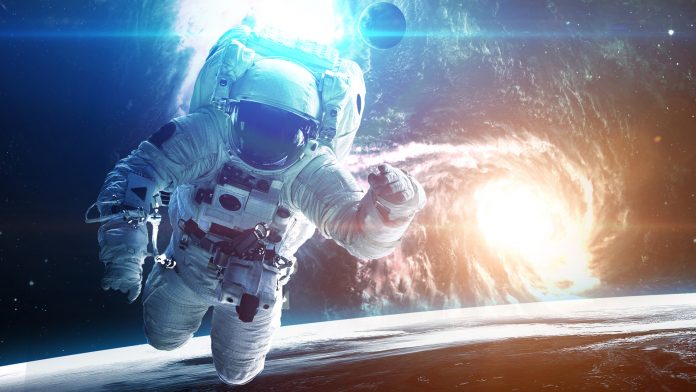As NASA’s astronaut, Christina Koch, returns to Earth, Innovation News Network would like to look back at some of the amazing work she did during her 328 day space flight.
NASA’s Christina Koch is set to return to Earth today, 6 February, after 328 days of living and working on the International Space Station. Koch’s mission is the longest single spaceflight by any woman. The purpose of this mission is to help scientists gather data for future missions to the Moon and Mars.
Setting records for US astronauts
Koch will return to Earth alongside the European Space Agency’s Luca Parmitano and Russian cosmonaut Alexander Skvortsov. Koch holds the record for the second-longest single spaceflight by a US astronaut. Former NASA astronaut Scott Kelly holds the record for the longest single spaceflight of a US astronauts at 340 days.
Koch’s work during her record-setting mission included participation in more than 210 investigations, helping advance NASA’s goals to return humans to the Moon under the Artemis program and prepare for the human exploration of Mars. Koch participated in studies to support those future exploration missions, including research into how the human body adjusts to weightlessness, isolation, radiation and the stress of long-duration spaceflight.
Facilitating the future
One research project Koch participated in is the vertebral strength investigation. This experiment better defines the extent of spaceflight-induced bone and muscle degradation of the spine, and the associated risk for broken vertebrae.
The timely endeavour of conducting the vertebral strength investigation is expected to provide insight into the development of future countermeasures, such as preventative medicine or exercises. These results also could provide recommendations for limiting the amount of force astronauts are subjected to during launch.
One of Koch’s most notable experiments during her time on the station space included work on the Microgravity Crystals investigation, which crystallises a membrane protein that is integral to tumour growth and cancer survival. Although crystallisation of this protein has yielded unsatisfactory results on Earth, this investigation leverages extensive protein crystallisation work on the space station, significantly increasing the likelihood of successful crystal growth. Results may support the development of cancer treatments that target the protein more effectively and with fewer side effects.







